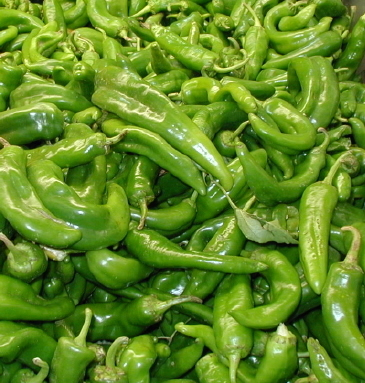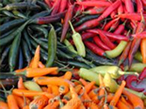


Chili peppers are an amazing plant. They produce the chemical capsaicin; how much depends on the type of pepper. That chemical has the ability to set human mouths ablaze, stimulate adrenaline and sweat reduction, and even reduce the effects of long term pain. Perhaps most amazing, chili pepper growth and use spans the globe. On both sides of the equator in Asia and the Americas peppers are a frequent ingredient in staple meals.
Different pepper types vary in appearance, heat, and taste. Scoville units are the objective measure of how hot a pepper is. Whether the pepper is used fresh, dried, or seedless also plays an important part in determining the flavor and bite of the dish.
For those who can't enjoy eating the hottest habenero, I'm sure you can enjoy the history and tales of the mighty pepper offered in this issue. For those chile-heads out there whose mouths are already salivating, hopefully you can learn more about growing, preserving, and cooking with peppers.